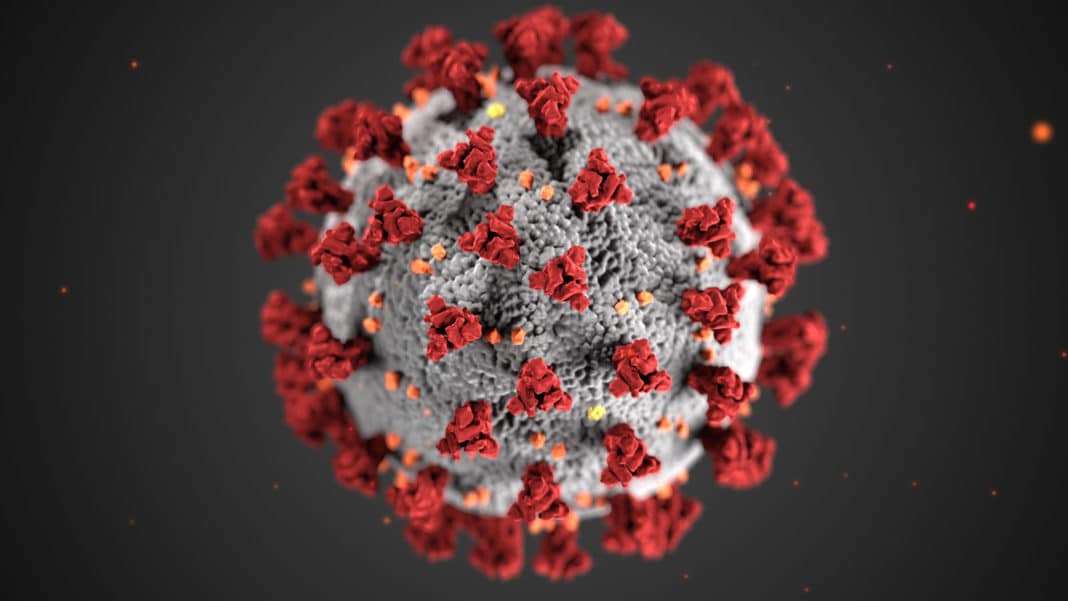Messages circulating on some media platforms have claimed that the World Health Organisation (WHO) has confirmed COVID-19 as an airborne disease which can linger in the air for some eight or more hours and be transmitted through same. These viral messages have created heated debates in the public space with many including scientists and health professionals contesting the veracity of an airborne COVID-19.
Responding to an open letter from over 200 scientists and experts across the globe on the issue, the WHO said that the evidence that COVID-19 could persist and spread in the air from person to person should not be ruled out and that the organisation is constantly discussing the role of airborne transmission.
“We believe that we have to be open to this evidence and understand its implications regarding the modes of transmission,” Benedetta Allegranzi, WHO’s technical lead on COVID-19, said.
Maria Van Kerkhove, another technical lead for COVID-19 at WHO, said they are considering the possibility of airborne transmission and aerosol transmission as one of the modes of Covid-19
“We are also looking at the role of airborne transmission in other settings where you have poor ventilation,” Van Kerkhove added.
According to current data by the WHO, COVID-19 virus is primarily transmitted between people through respiratory droplets and contact routes. There are two forms of droplets from infected persons. There are those whose particles are less than 5-10 μm in diameter and can spread the virus in close space; and those whose particles are more than 5-10 μm in diameter, known as droplet nuclei, who can spread more in open spaces.
According to the WHO, droplet transmissions occur when a person is in close contact, approximately within 1m, with someone who has respiratory symptoms such as coughing or sneezing and is therefore at risk of having his/her mouth, nose or eyes exposed to potentially infectious respiratory droplets.
Another way the disease is transmitted is via fomites, inanimate objects or substance that is capable of transmitting infectious organisms from one person to another. For instance, if a thermometer and stethoscope is exposed to the aerosols of an infected person, it can transmit the disease. Based on these explanations, there is no conclusive evidence that COVID-19 is airborne, can stay in the air for over 8 hours or be transmitted through air from person to person. It is therefore recommended that people continue to observe all laid down health protocols by health experts and organisations.
__________________________________________________________________
A Media Foundation for West Africa COVID-19 response project. Supported by STAR Ghana with funding from the UKAID and the European Union.



